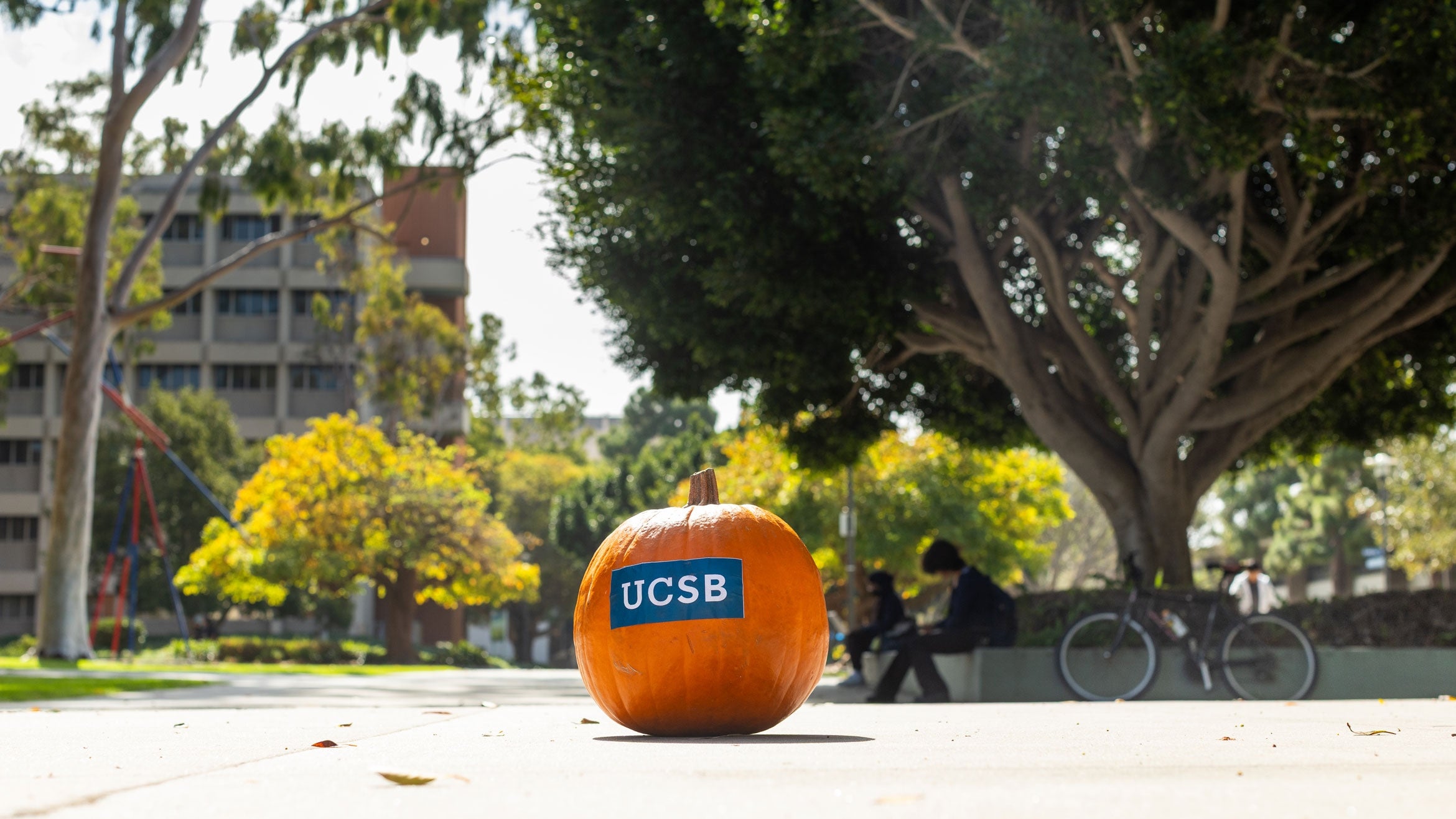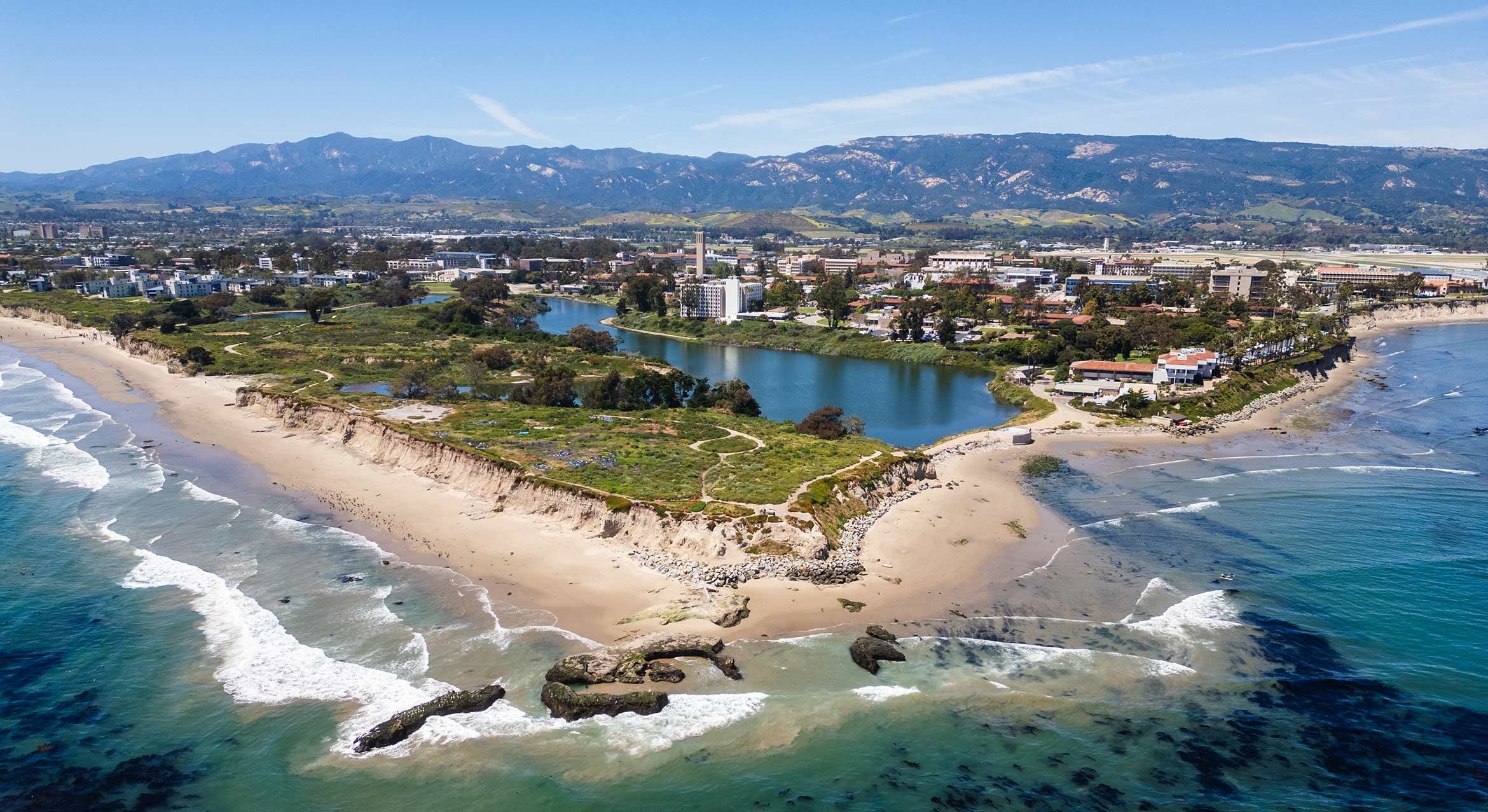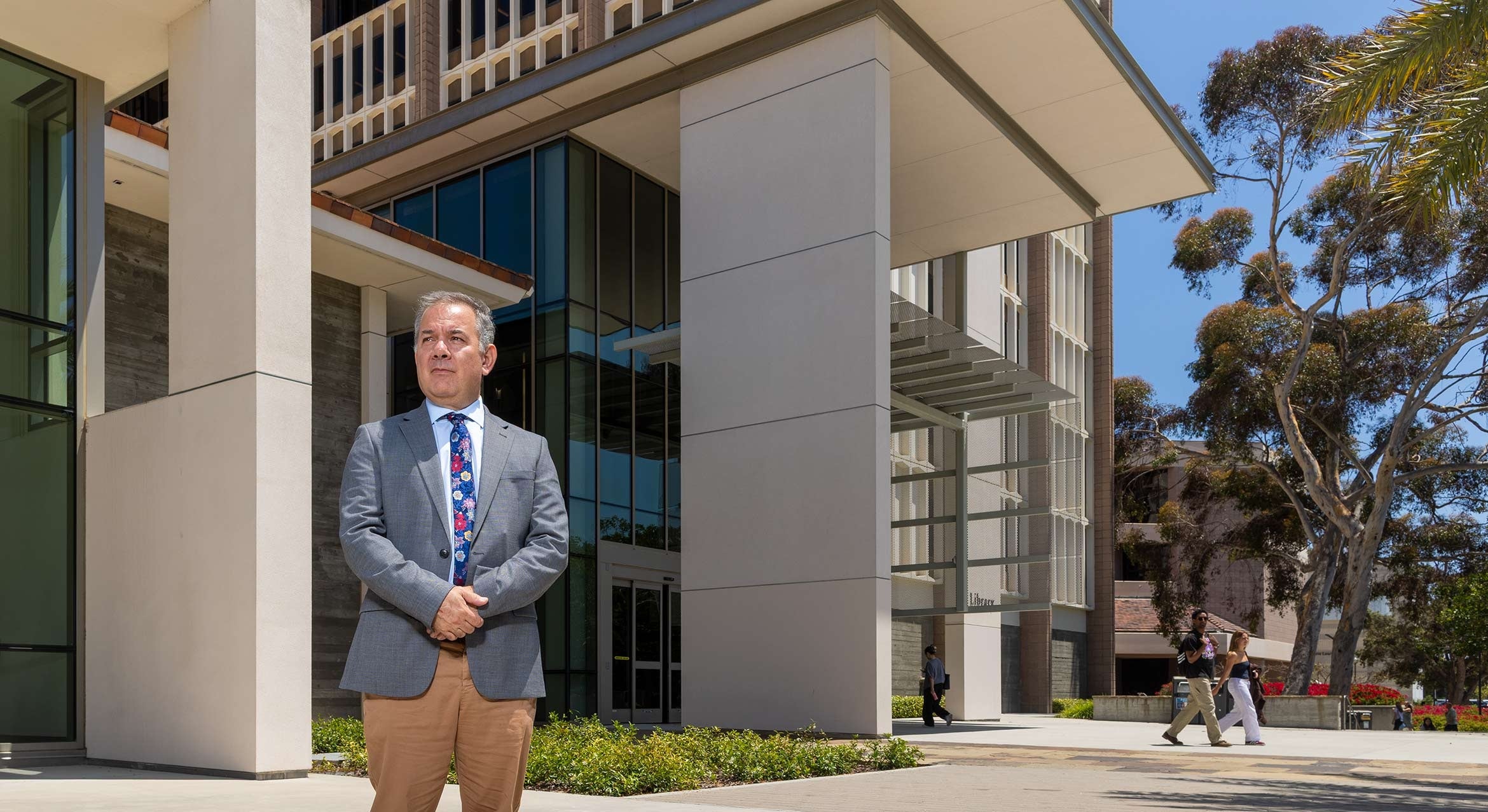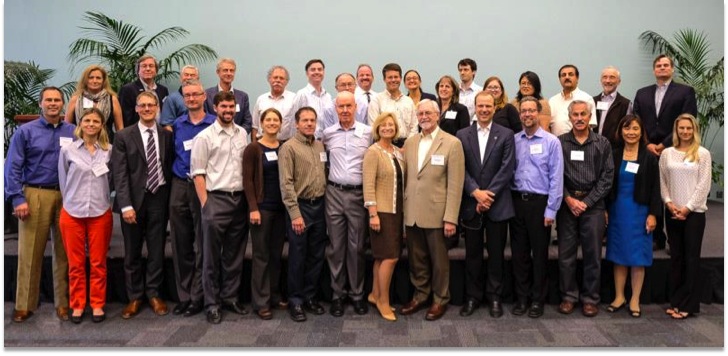
A Carbon Neutral Future
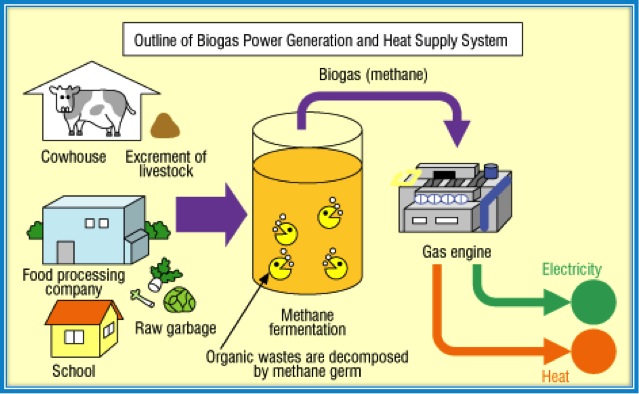
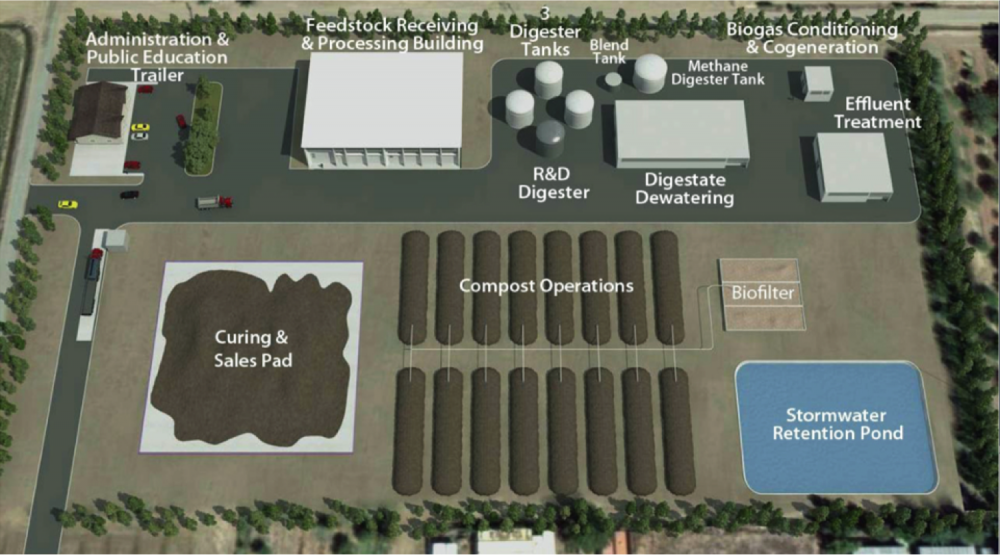
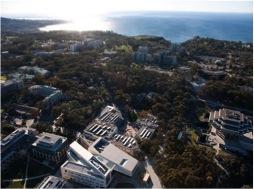
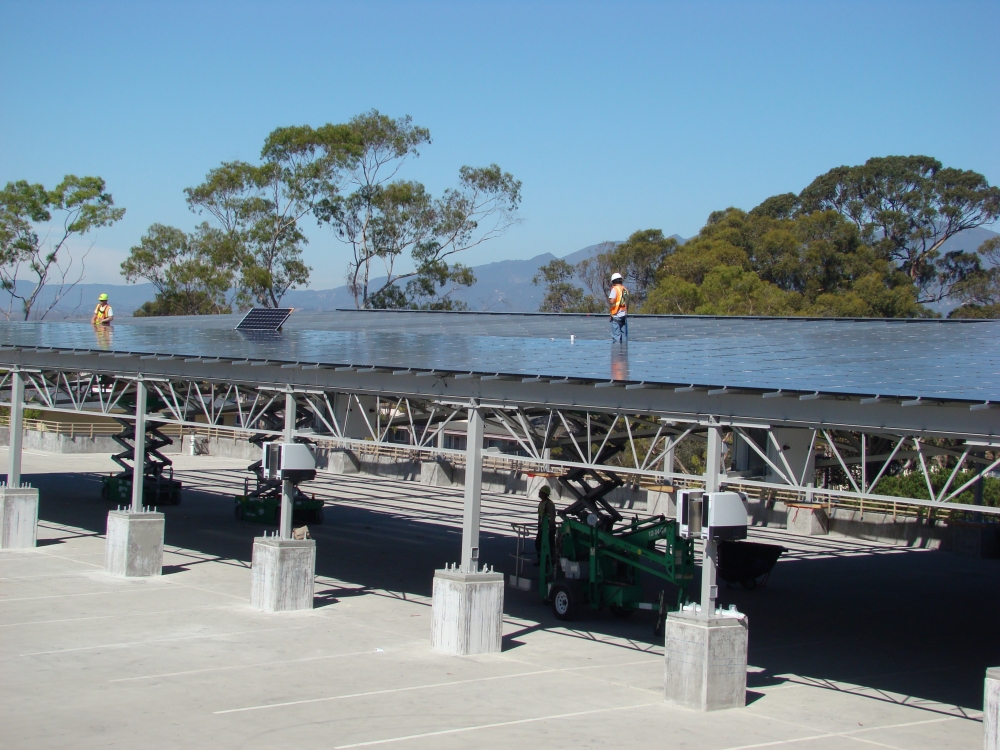
In November 2013, at her first Board of Regents meeting, University of California President Janet Napolitano announced a forward-looking sustainability effort that would have the entire UC system achieve carbon neutrality by 2025. The Carbon Neutrality Initiative commits UC to balancing its net greenhouse gas emissions from its buildings and vehicle fleet with renewable forms of energy, as well as reducing emissions from the outset through energy efficiency.
“The carbon-neutrality initiative is an enormously ambitious and unprecedented undertaking for the UC system,” said David Auston, executive director of UC Santa Barbara’s Institute for Energy Efficiency (IEE), “and it is also a unique opportunity to collaborate and apply UC’s world-renowned research expertise to accomplish the goal.” Auston will conduct a seminar on the UC Carbon Neutrality Initiative on Wednesday, Oct. 29 at 4 p.m. at the Engineering Sciences Building, Room 1001. The event is free and open to the public.
No Small Feat
Carbon neutrality is no small feat for the 10-campus system, which aims to be the first university system in the country to zero out its carbon footprint. In addition to accommodating the growth needed to address demand for higher education in California and to stay on the forefront of research worldwide, each campus has its own unique challenges: energy-intensive laboratories and medical centers, different energy portfolios and varying physical and policy constraints. Added to this is the need for behavioral change across each campus, without which the carbon neutrality goal cannot be achieved.
However, each campus also has its strengths in both research and practice, and those strengths are what representatives from the campuses were looking to align in a Carbon Neutrality Applied Research Workshop on Oct. 8 and 9. Over the course of two days, participants — who represented both the research end and the physical facilities know-how of each campus, as well as major research partners and authorities on California’s energy and climate policies — came together for transdisciplinary collaborations to conquer what Napolitano called a “steep mountain” of effort for the UC System to become carbon-neutral in a decade. The workshop was hosted by UCSB’s IEE.
Encouraged by the shared energy efficiency triumph represented by UCSB materials professor Shuji Nakamura’s recent Nobel win for the blue LED, and motivated by a video message from Napolitano, the workshop participants got off to a running start.
“When I arrived at UC about a year ago, I was impressed with the wide range of research being done to address climate change,” Napolitano said. “I was also impressed by the commitment the campuses and medical centers had to carbon neutrality and the many strategies and programs launched to achieve it.” Napolitano praised campus living laboratory successes enabled by UC research efforts, and encouraged the further involvement of UC’s graduate and undergraduate students in climate neutrality research solutions.
UC campuses are already working toward greener facilities and technologies, such as UC Davis’s West Village student housing that is the largest planned zero net energy community in the country, and UC Riverside’s recently launched Sustainable Integrated Grid Initiative. At UCSB, several projects are aimed at a more energy-efficient campus, including recent retrofits of student housing, and a student-funded initiative that will provide photovoltaic power to the campus’s Student Resources Building.
The goal of the workshop was to develop and prioritize a list of key research areas for investment, focused on applicable solutions for carbon neutrality. Strategies for collaborative funding, entrepreneurship, private-public partnerships — balanced with longer-term investments in breakthrough science — were also deemed essential in research prioritization.
“I think we have more ideas now,” said Wendell Brase, vice chancellor for administrative services at UC Irvine, and co-chair of Napolitano’s Global Climate Leadership Council. “There are opportunities to bring together synergies we hadn’t discovered yet. Every campus has something to bring to the table.”
Strengths and Challenges
The participants reached an early consensus that the most challenging research topic, as well as one of the most important actions to take, would be to find alternatives to natural gas. It is the single largest source of emissions in the UC system and a fuel source that is widely used for both heating and electricity generation by on-site co-generation plants.
“Statewide, there are a lot of organic, fermentable biomass resources in urban as well as rural areas, and underutilized agricultural and food processing residues that can be converted to biogas,” said Stephen Kaffka, cooperative extension agronomist at the UC Division of Agriculture and Natural Resources. The statewide network of agriculturally focused UC researchers and educators, includes several UC colleges of agricultural sciences, research and extension centers and UC Cooperative Extension. “Probably the largest sources could be organic matter in urban regions from municipal solid waste and yard wastes,” he said, pointing out that the generation of biomethane from organic waste could be an excellent collaboration from which UC campuses and their surrounding communities could benefit.
While biomethane is a promising alternative energy source, further research would be necessary to assess cost-effectiveness, local availability of supply, distribution, regulatory policies and other factors, according to the participants. Other alternatives need to be explored as well, they added, including options such as fuel cells and geothermal heat pumps.
On-site solar energy and wholesale purchases of renewable energy also surfaced as potential options for UC’s new carbon-neutral energy portfolio, and members suggested examining state regulatory issues and constraints for potential solutions or recommendations for policy revisions.
California Energy Commissioner Andrew McAllister, who gave the workshop’s keynote speech, also noted the broader relevance of UC’s effort: “The UC system’s carbon neutrality enterprise will develop and apply much-needed new systems and practices, and will produce an impressive array of high-performing facilities. But the potential impact of this effort goes far beyond. UC’s globally recognized academic horsepower will generate knowledge that will prove valuable throughout our economy; and the UC staff and students involved will emerge as leaders and emissaries in the sustainability field.”
Many other research suggestions and options for capital improvements were brought up over the two-day workshop, as contributors discussed topics such as intelligent building controls; efficient building technologies; storage and use of excess renewable energy; and simultaneous land use for large scale energy generation as well as for agricultural operations and ecosystem preservation. Over-arching themes included data collection and modeling and economic, policy and behavioral analyses. A very preliminary suggestion called for the possible use of Site 300 — a 7,000-acre remote test site operated by UC’s Lawrence Livermore National Laboratory — as a systemwide test-bed for developing and evaluating solar and wind technologies and system integration, including the possible need for on-site storage. Emphasis was also given to the exploration of areas where funding can serve both long-term basic research and short-term carbon neutrality goals.
Next Steps
Findings and recommendations from this workshop will be sent to the UC Council of Vice Chancellors for Research as well as to the UC Global Climate Leadership Council for further evaluation and next steps, which may include additional workshops to develop certain areas for strategic research, as well as other relevant issues, such as the nexus of water, climate and energy in California and its relevance to the 2025 carbon neutrality goal.
“From the research perspective, UC is uniquely positioned to rise to the 2025 Carbon Neutral challenge by drawing on the rich intellectual resources of its faculty, students and staff,” said UC San Diego Vice Chancellor for Research Sandra Brown, who co-chaired the workshop. “If successful, this could be a model with impact that goes far beyond the university and influences the state, nation and the world.”

